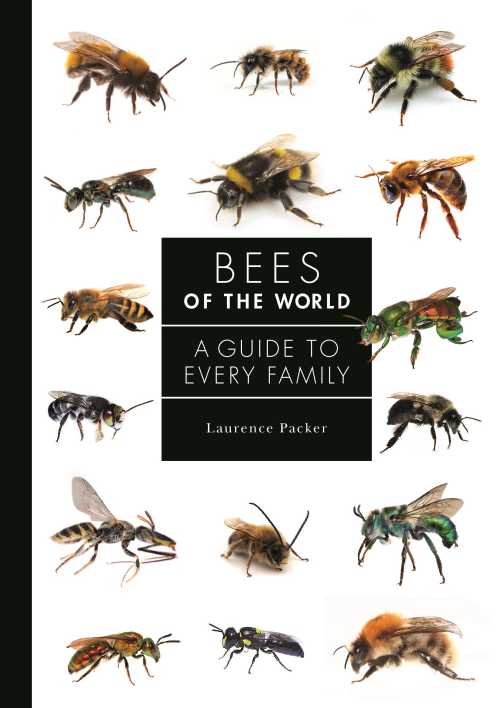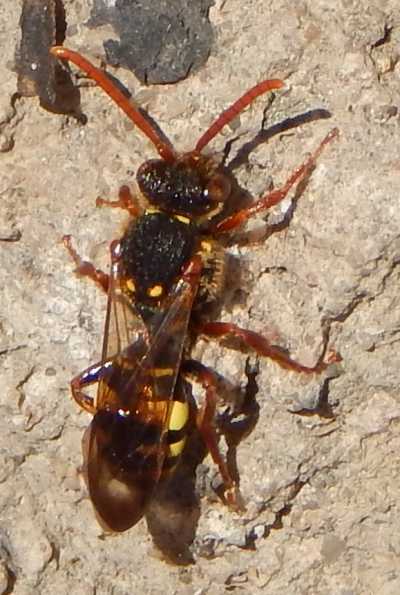Sociality In Bees
The term 'sociality' describes a broad spectrum of behaviours in bees. It ranges from non-social, solitary species, through to species which share entrances to individual nest chambers, and finally to advanced social organisations consisting of very large colonies with many thousands of members.
Assigning bees to one particular category can be difficult, especially because bee species from the same genus may nevertheless vary in their degree of sociality.
Levels of Sociality In Bees
In 2021, work by Da Silva1 [citing Cowan (1991), Wilson, (1971); Michener, (1974); Eickwort, (1981)] provided useful definitions of the different levels of social organizations of the insect order, Hymenoptera as follows:
|
Broad |
Narrow |
|
Presocial: |
Solitary: |
|
Subsocial: | |
|
Parasocial: |
Communal: |
|
Quasisocial: | |
|
Semisocial: | |
|
Eusocial: |
Primitively eusocial: |
|
Advanced eusocial: |
Note that all bees exhibiting social behaviour fit into the category of 'social', but the term 'social bee' can be further divided into different forms of sociality.
For further information, see my page about eusociality.
Examples of bees within the different forms of sociality (solitary, communal, eusocial bees and so on)
Within his paper, Da Silva further assigned a number of bee species to their specific group within the above defined sociality definitions.
It's interesting that many bees which tend to be labelled as 'solitary' actually demonstrate at least some form of sociality.
Furthermore, a whole genus cannot be assigned to one definition of sociality. It's apparent that the behaviours of each specific species needs to be considered.
It is perhaps fair to note that species are sometimes assigned to a particular genus at discovery, only to be switched to a different genus later, which can even result in a name change.
In a similar fashion, as investigation into bees develops further, the ways in which we assess them may change as our knowledge bank increases in depth and vigor.
It is also the case that scientists may not always agree about how bees are classified.
It is beyond the scope of this page to list every species mentioned, however, for illustrative purposes, some examples mentioned by Da Silva are as follows:
Examples Of Solitary Bees
Lassioglossum occidens
Lassioglossum leucozonium
Lassioglossum zonulum
Centris rhodopus
Centris tarsata
Centris rufosuffusa
Epicharis nigrita
Epicharis metatarsalis
Eucera nigrilabris
Tetrapedia rugulosa
Melissodes druriellus
Examples Of Subsocial Bees
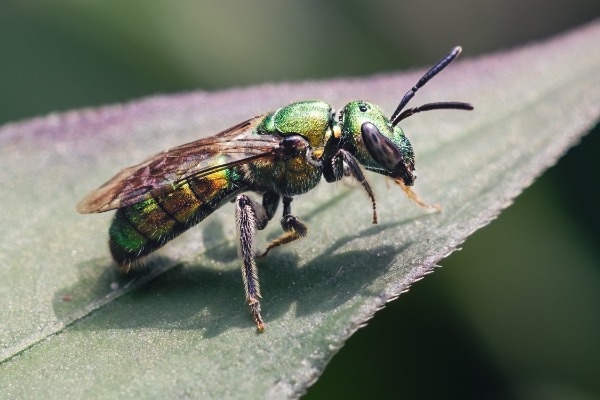 Augochlora pura - subsocial species
Augochlora pura - subsocial speciesCeratina flavipes
Ceratina chalybea
Xylocopa torrida
Xylcopa flavorufa
Lassioglossum nupricola
Lassioglossum opacum
Augochlora pura
Examples Of Communal Bees
Euglossa nigrita
Euglossa chapioni
Euglossa hyacinthina
Manuelia postica
Lassioglossum lusorium
Agepostemon texanus
Agepostemon angelicus
Agepostemon virescens
Agepostemon nasutus
Examples Of Quasisocial Bees
Epicharis rustica
Caenohalictus eberhardorum
Examples Of Semisocial Bees
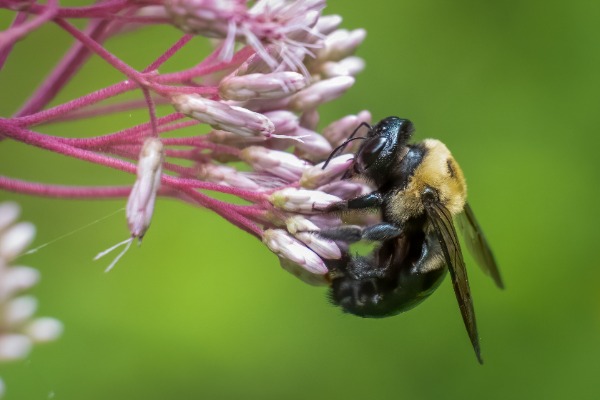 Xylocopa virginica - semisocial species
Xylocopa virginica - semisocial speciesXylocopa virginica
Xylocopa nigrita
Ceratina australensis
Augochloropsis sumptuosa
Lassioglossum sordidum
Examples Of Primitively Eusocial Bees
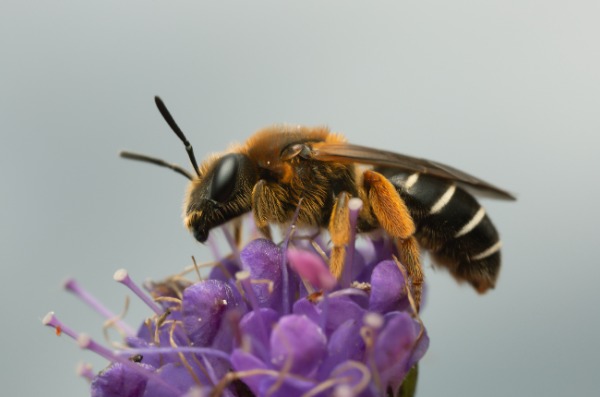 Halictus rubicundus a primitively eusocial species
Halictus rubicundus a primitively eusocial speciesCeratina japonica
Ceratina calcarata
Euglossa cordata
Euglossa townsendi
Euglossa melanotricha
Bombus hypnorum
Bombus jonellus
Bombus atratus
Bombus pensylvanicus
Bombus polaris
Bombus nevadensis
Bombus terrestris
Xylocopa pubescens
Xylocopa suspecta
Xylocopa frontalis
Lassioglossum albipes
Lassioglossum tenax
Lassioglossumopacum
Halictus sexcinctus
Halictus rubicundus
Halictus confusus
Halictus tumulorum
Halictus fulvipes
Halictus scabiosae
Augochlora aurata
Augochloropsis iris
Examples Of Advanced Eusocial Bees
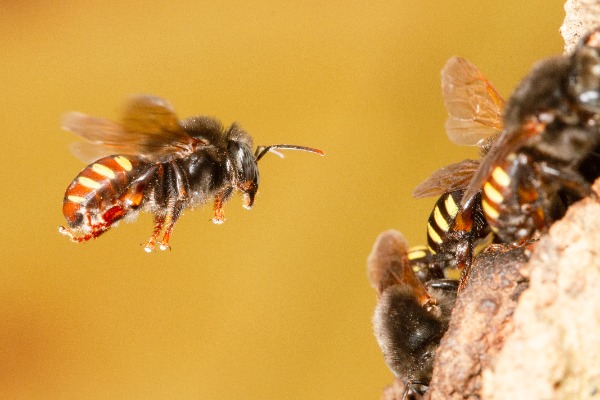 Melipona quadrifasciata - eusocial species
Melipona quadrifasciata - eusocial speciesApis mellifera
Apis florea
Apis dorsata
Apis cerana
Melipona quadrifasciata
Melipona scutelaris
Liotrigona medecassa
Bees Of The World - Book Review
Reference
1. da Silva J (2021) Life History and the Transitions to Eusociality in the Hymenoptera. Front. Ecol. Evol. 9:727124. doi: 10.3389/fevo.2021.727124
If you found this page helpful or interesting, I'd really be grateful if you would share it with others - if not this page, perhaps another, such as Gardening For Bees.
Thank you so much :) .
